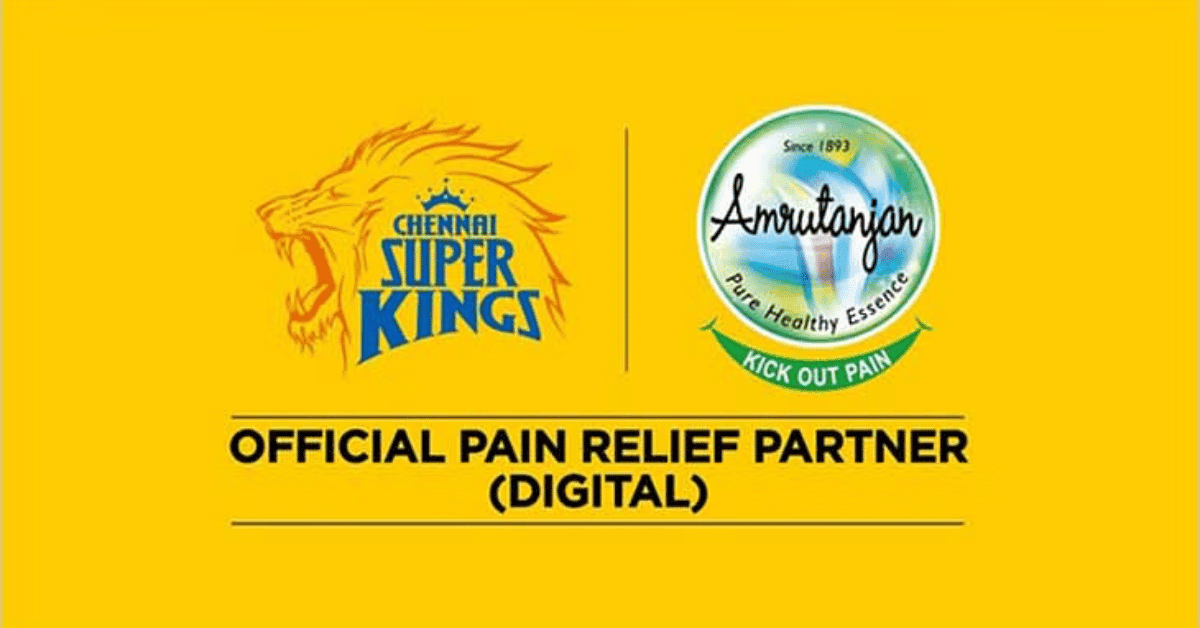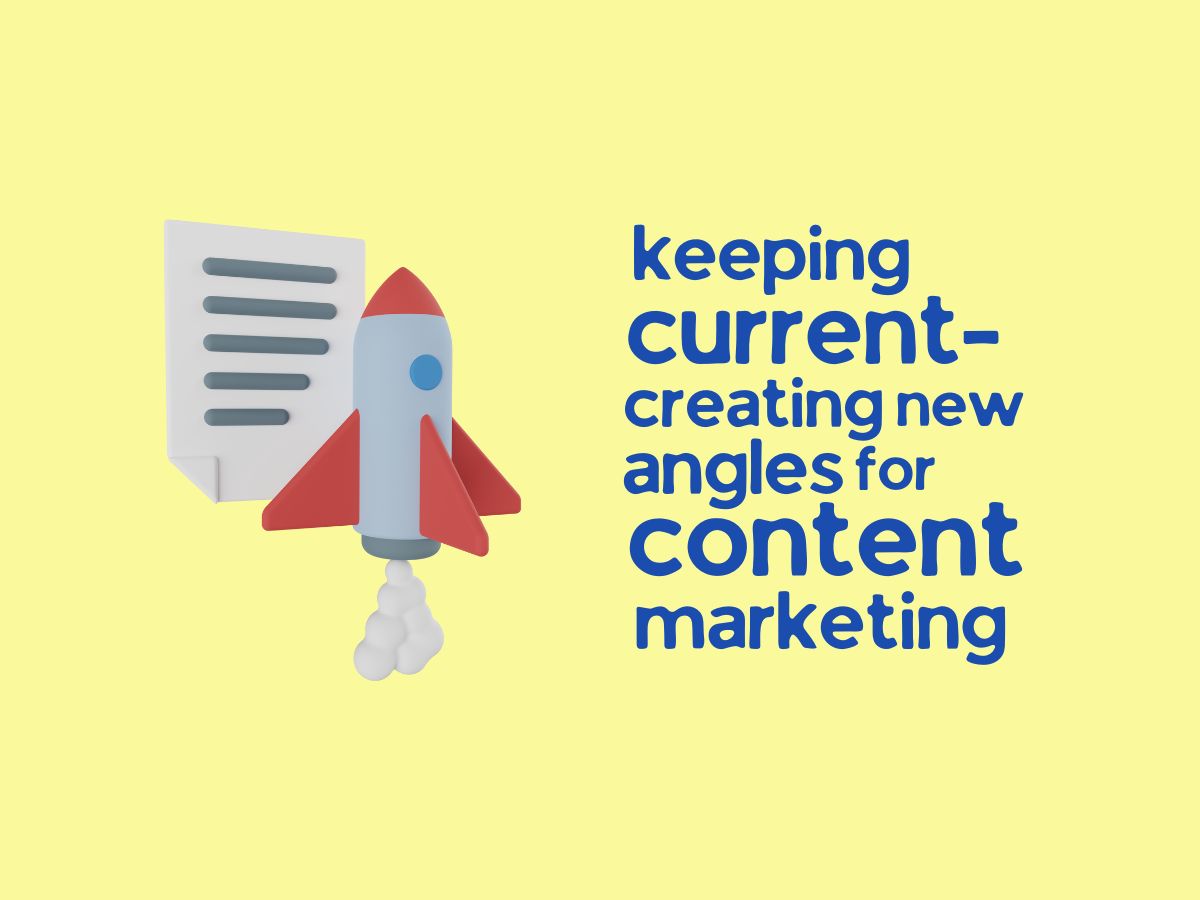Metrics that will help you ace Paid SERP
If you’re an eCommerce business looking to drive sales and boost your online presence, these statistics should catch your attention. A search engine results page (SERP) is the page that a search engine returns with the results of a query. It can include both organic (non-paid) and paid results, and vary depending on the search engine and the specific keywords being used. Appearing on the first page of a SERP can be crucial for driving traffic and sales to a business.
SERP Analysis
SERP analysis is the process of studying and evaluating the results of a search engine query. It can provide insights into the competition, the types of results being shown for specific keywords, and the customer journey. SERP analysis can help businesses identify opportunities to improve their online visibility, track the performance of their marketing efforts, and understand the needs and expectations of their target audience.
Overall, SERP analysis is a valuable tool for businesses looking to drive traffic and sales through paid SERPs. By understanding the competition and the types of results being shown for specific keywords, businesses can tailor their campaigns and marketing efforts to better reach their target audience and achieve their business goals.
Let’s now take a look at the top metrics you need to pay attention to in order to bring your A game with paid SERPs and drive eCommerce success.
- Cost per Click (CPC)
CPC is the amount you pay each time a user clicks on one of your ads. It’s important to keep an eye on your CPC because it can have a big impact on your overall ad spend. If your CPC is too high, you may be overpaying for clicks and cutting into your profits. On the other hand, if your CPC is too low, you may not be reaching as many potential customers as you could be.
To get the most out of your paid SERP campaigns, aim for a CPC that’s in line with your overall marketing budget and business goals. You can use tools like Google Ads to help set and track your CPC targets.
2. Click-Through Rate (CTR)
CTR measures the percentage of users who click on your ad after seeing it. A high CTR is a good sign that your ad copy and targeting are effective, while a low CTR may indicate that your ad is not resonating with your audience.
To improve your CTR, try experimenting with different ad copy and targeting options. You can also use A/B testing to see which versions of your ad perform best.
3. Conversion Rate
Conversion rate is the percentage of users who complete a desired action, such as making a purchase or signing up for a newsletter, after clicking on your ad. A high conversion rate is essential for any eCommerce business, as it means that your paid SERP campaigns are effectively turning clicks into paying customers.
To improve your conversion rate, you may need to optimize your landing pages, offer promotions or discounts, or improve the overall user experience on your website. You can also use retargeting ads to bring users back to your site and encourage them to complete a purchase.
4. Return on Ad Spend (ROAS)
ROAS is a key metric for measuring the profitability of your paid SERP campaigns. It’s calculated by dividing the revenue generated from your ads by the amount you spent on them. A high ROAS means that your ads are generating a good return on investment, while a low ROAS may indicate that you need to make changes to your campaigns to improve their profitability.
To boost your ROAS, try focusing on high-performing keywords and ad groups, optimizing your landing pages for conversions, and regularly reviewing and adjusting your campaigns.
5. Impression Share
Impression share is the percentage of the total number of times your ad could have been shown, based on your targeting and budget, versus the actual number of times it was displayed. A high impression share is a good sign that your ads are being shown to a wide audience, while a low impression share may indicate that you’re missing out on potential customers.
You may need to increase your budget, expand your targeting, or adjust your bids to improve your impression share. You can also use tools like Google Ads to help you track and optimize your impression share.
6. Quality Score
Quality score is a rating assigned to your ads by search engines based on their relevance, performance, and other factors. A high-quality score can lead to lower CPCs and better ad placement, while a low-quality score can result in higher costs and less visibility.
To improve your quality score, make sure that your ad copy and landing pages are relevant to your keywords and target audience, and aim for high click-through and conversion rates.
7. Customer Lifetime Value (CLV)
CLV is the total amount of money that a customer is expected to spend on your products or services throughout their relationship with your business. By understanding your CLV, you can better tailor your paid SERP campaigns to target high-value customers and maximize your return on investment.
To calculate your CLV, consider factors such as the average amount each customer spends per purchase, the frequency of their purchases, and the length of time they remain a customer.
8. Customer Acquisition Cost (CAC)
CAC is the total cost of acquiring a new customer, including marketing and sales expenses. By keeping an eye on your CAC, you can ensure that you’re spending wisely on paid SERP campaigns and other marketing efforts.
To lower your CAC, consider optimizing your ad targeting, improving your conversion rate, and finding ways to reduce your marketing and sales costs.
Conclusion
Paid SERPs can be a powerful tool for driving eCommerce success, but it’s essential to track and optimize the right metrics to get the best return on your investment. By focusing on factors like CPC, CTR, conversion rate, and ROAS, you can fine-tune your campaigns and reach the right customers at the right time.
Ready to take your paid SERP efforts to the next level? Why not sign up for our newsletter and follow us on social media for the latest eCommerce marketing tips and strategies? We’ll keep you up-to-date with the latest industry trends and help you take your business to the next level.




















